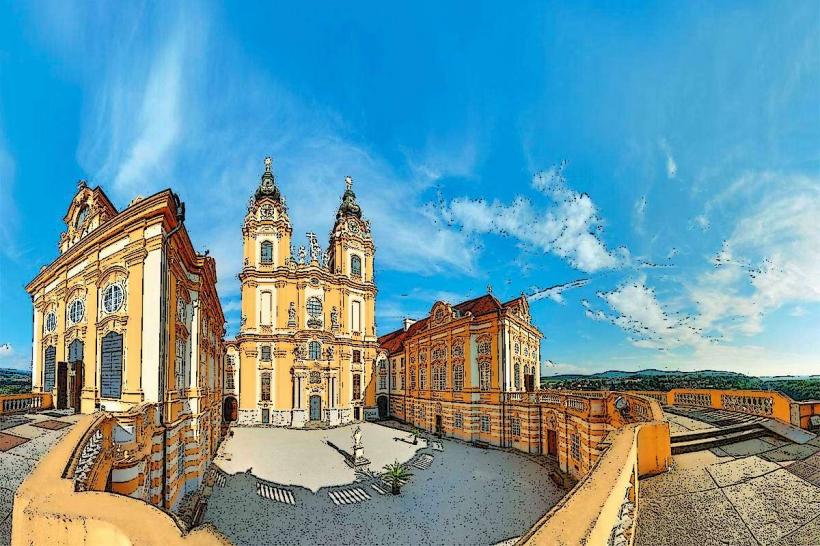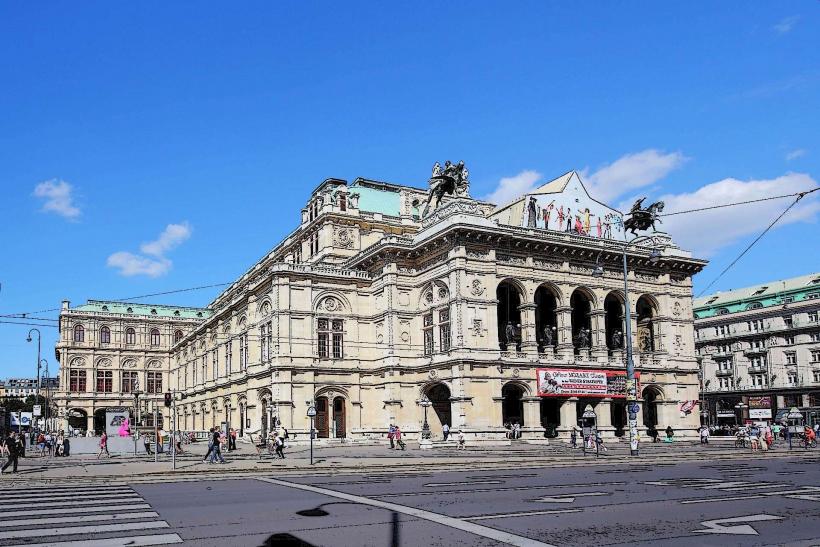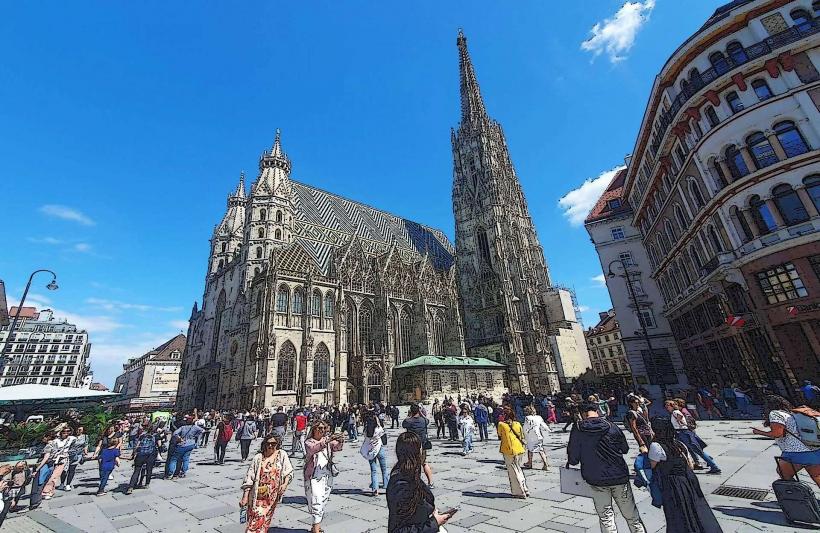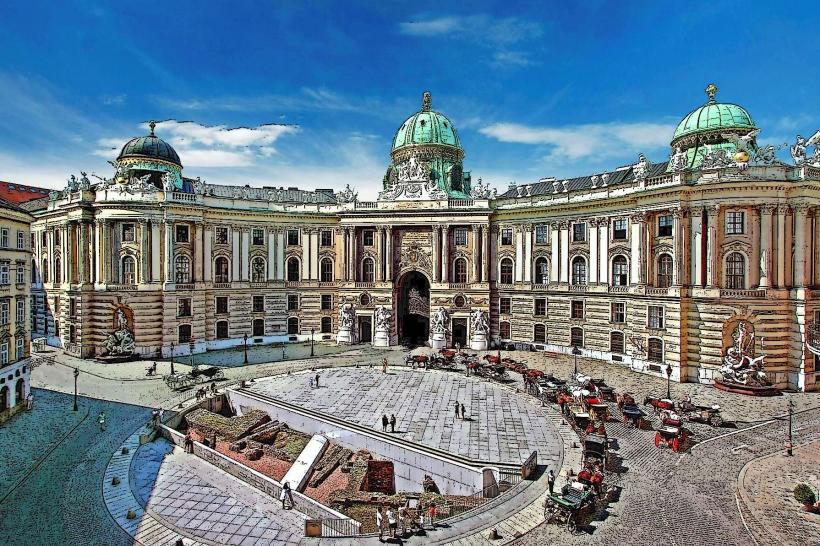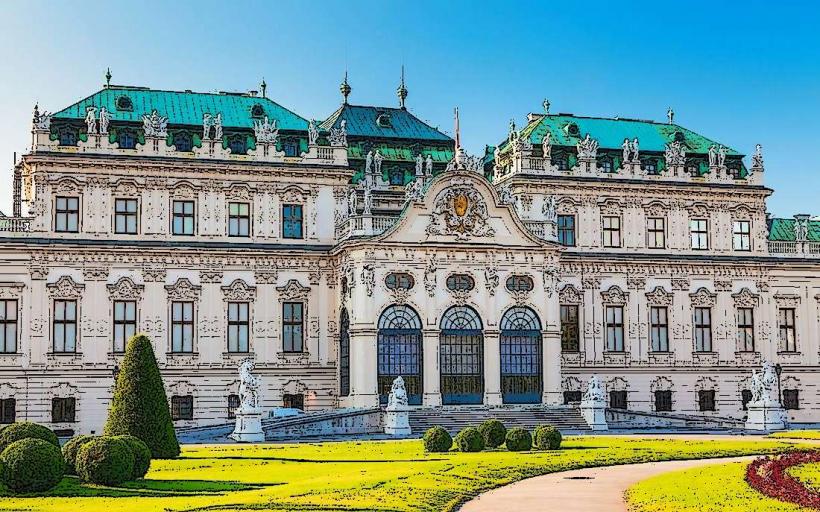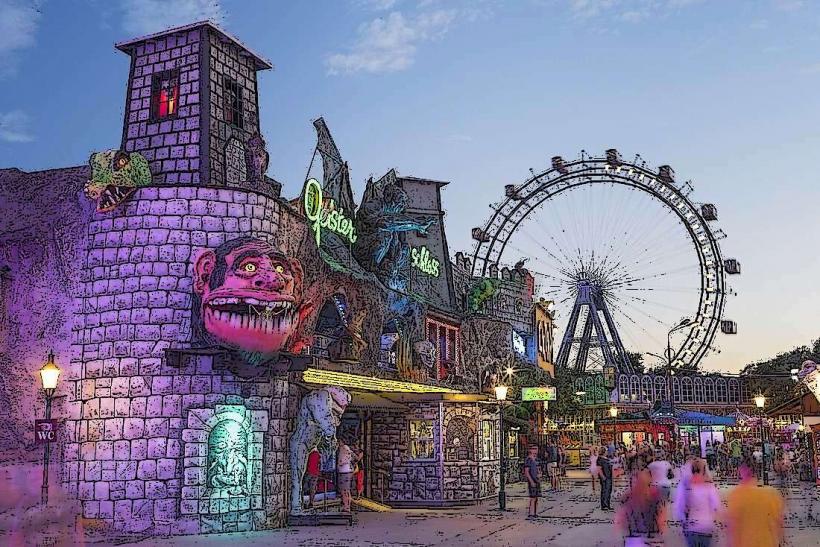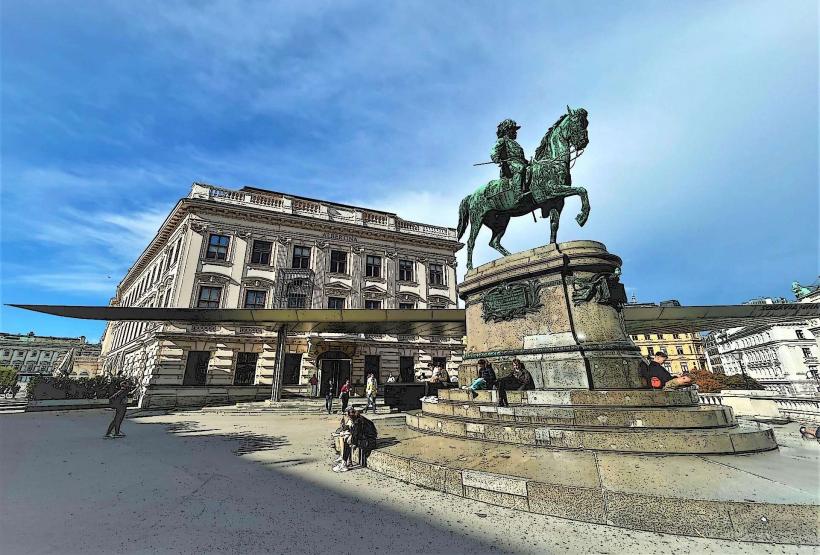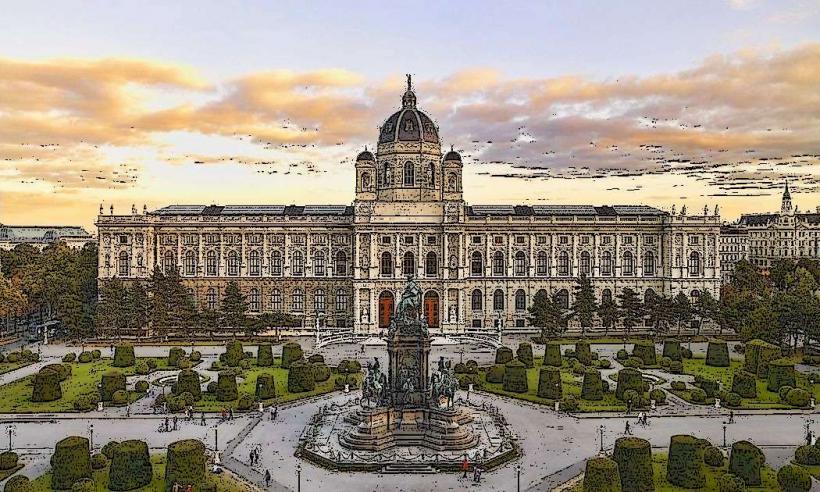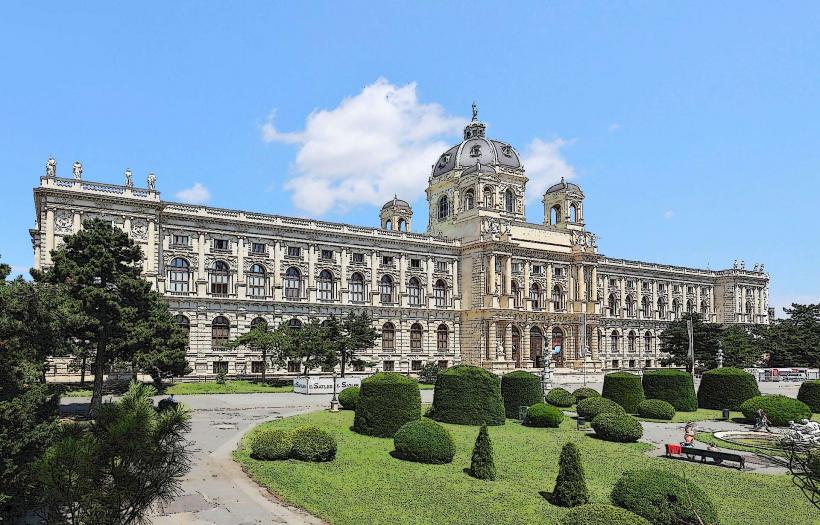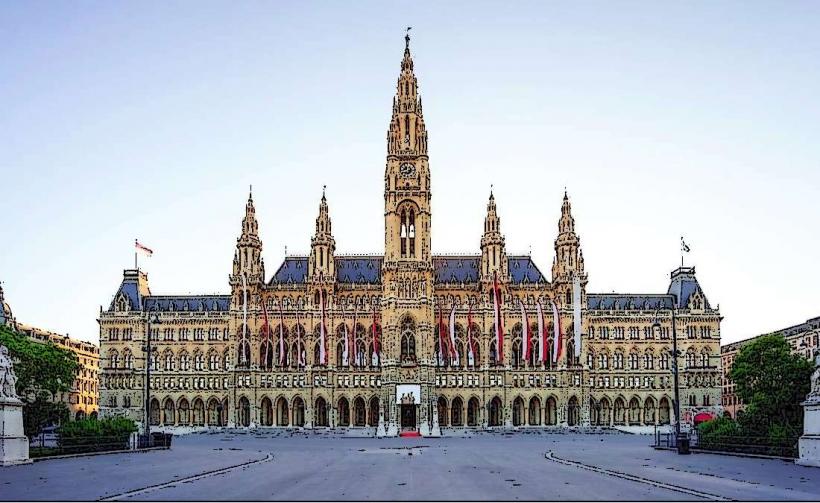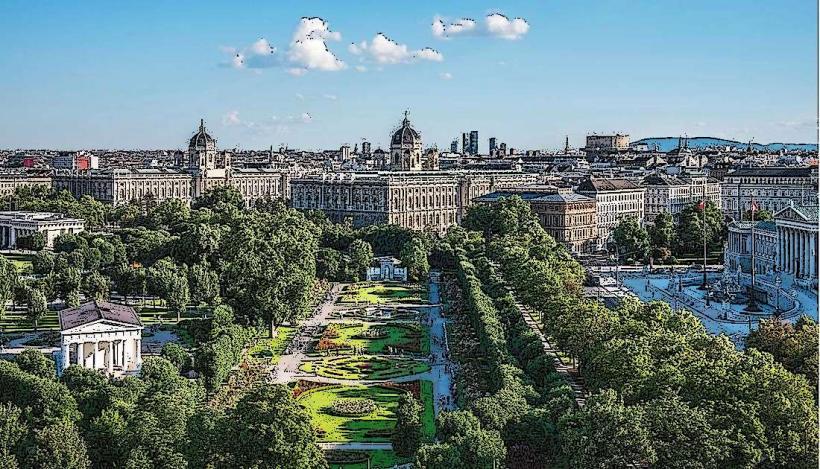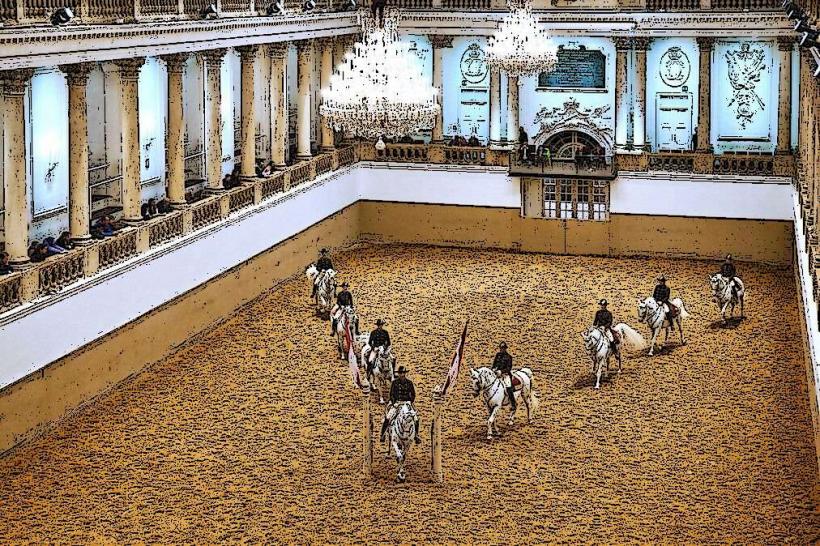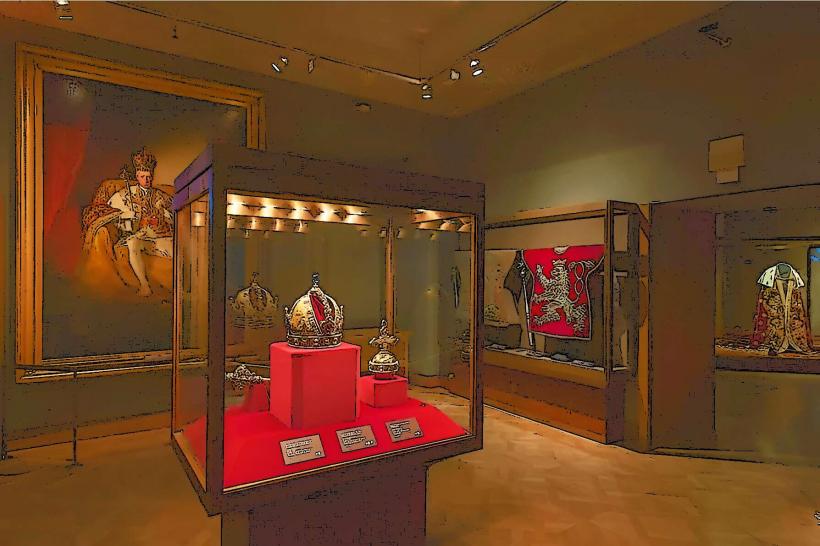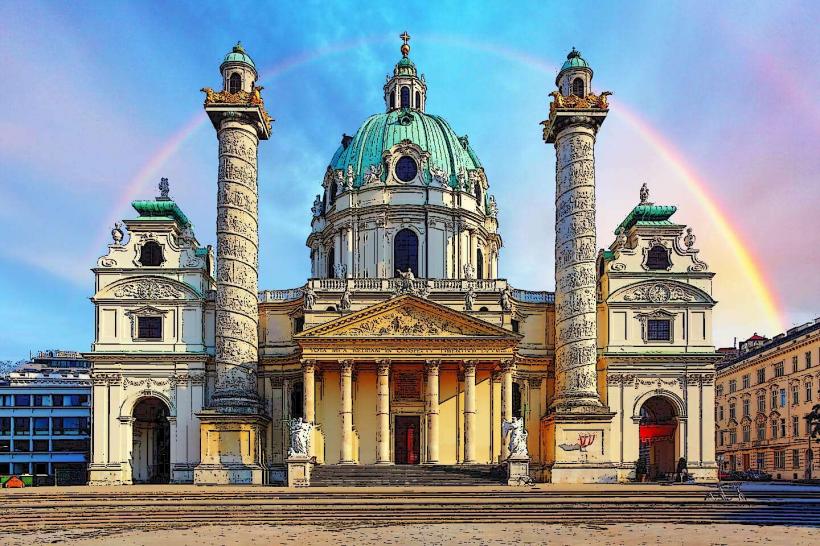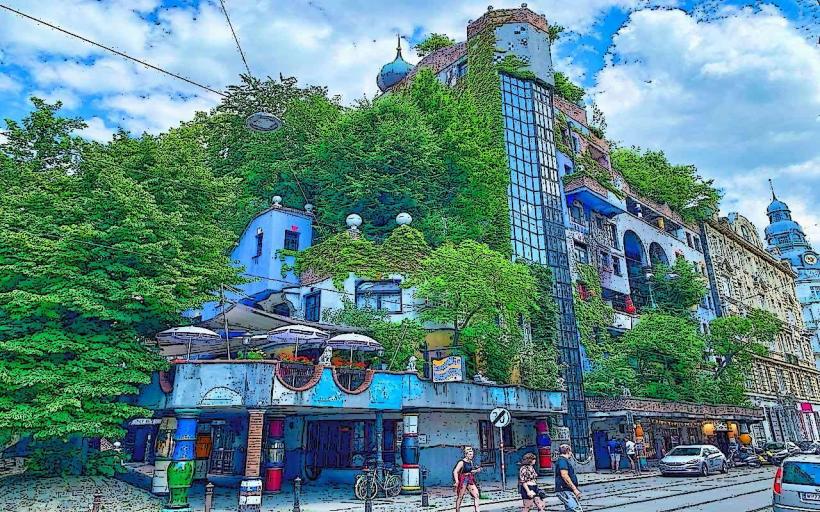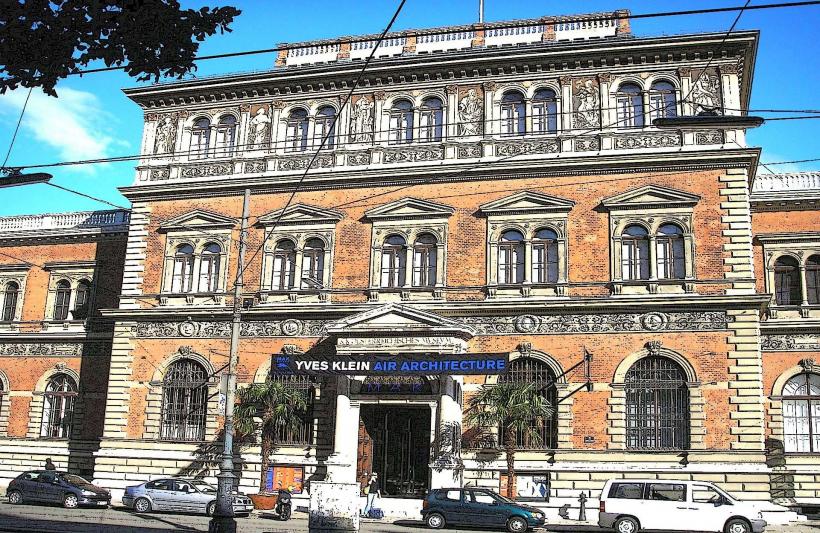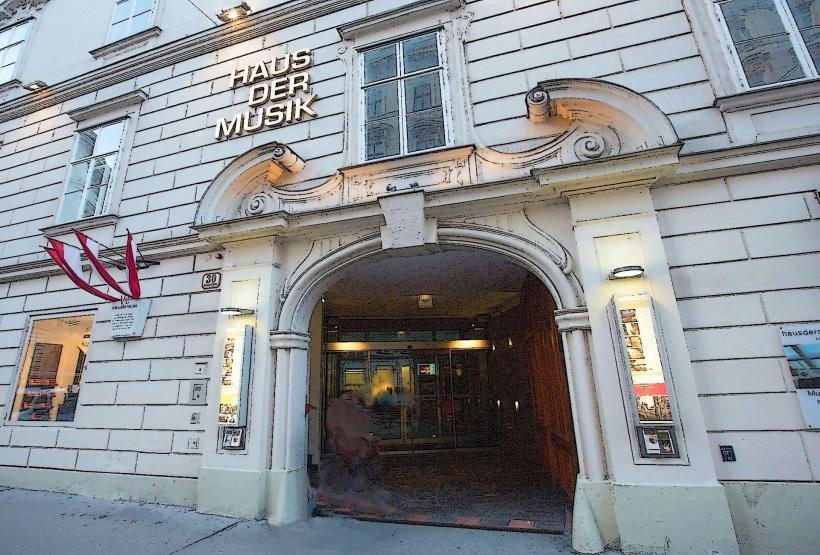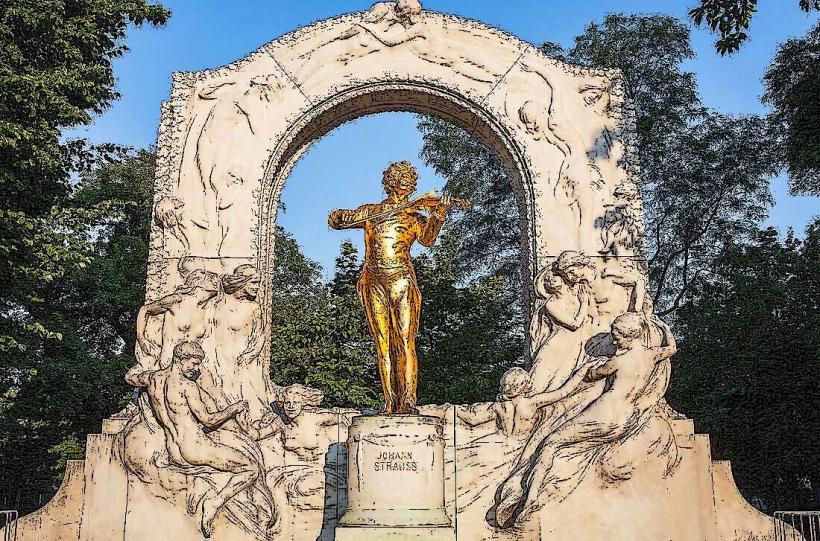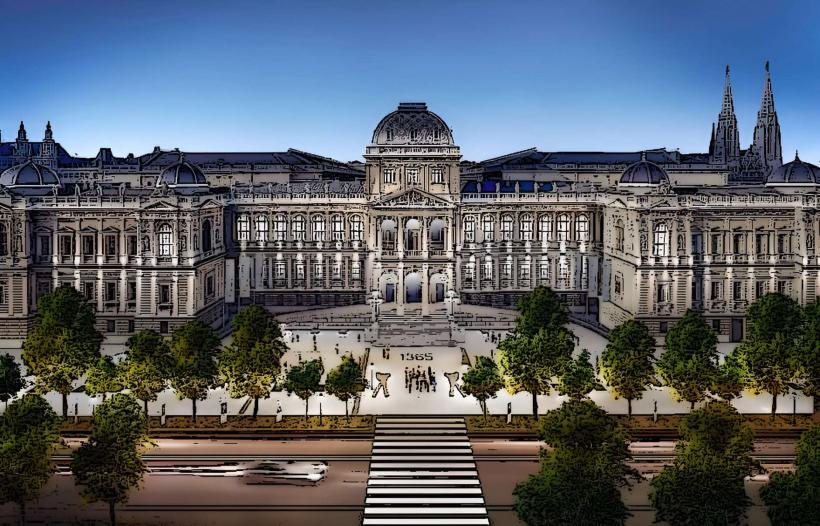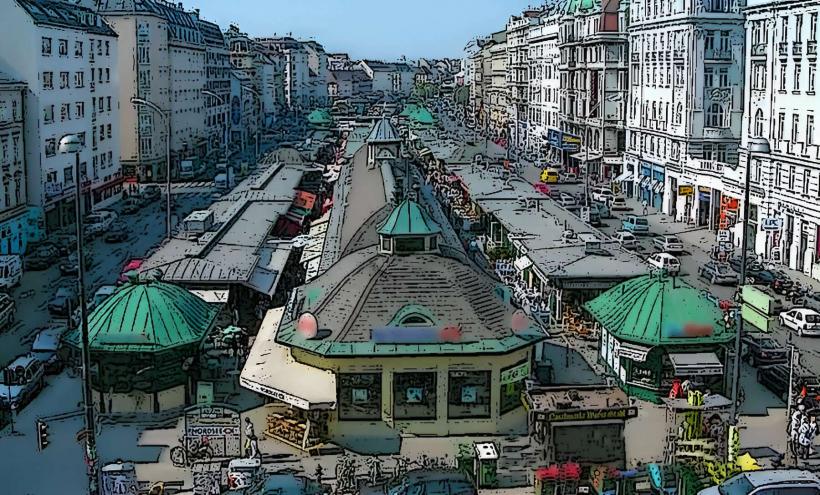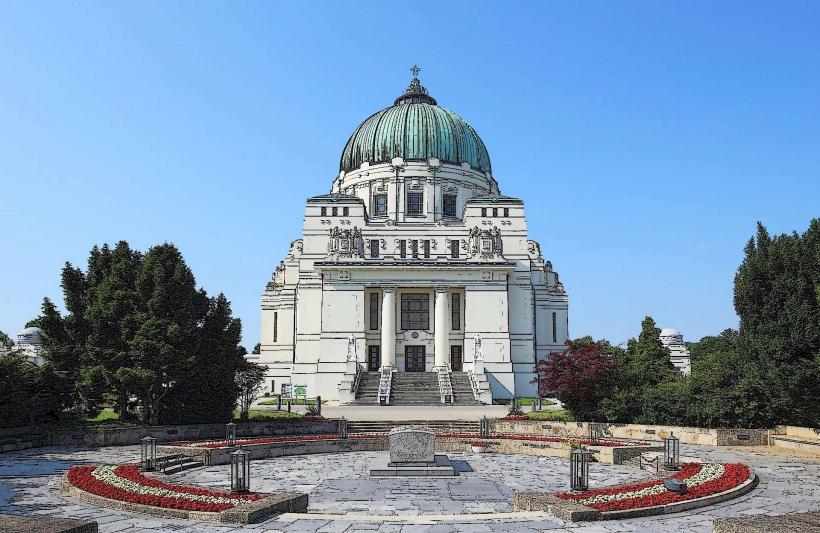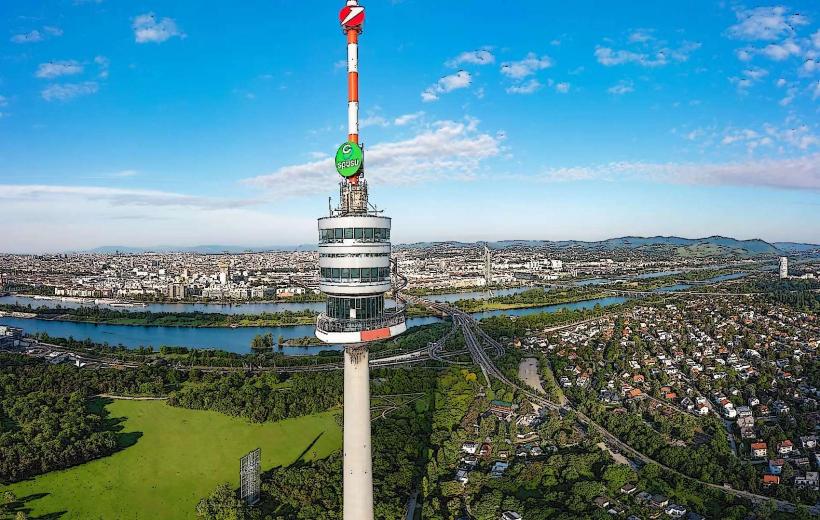Information
Landmark: Wachau ValleyCity: Vienna
Country: Austria
Continent: Europe
The Wachau Valley, located between the towns of Melk and Krems, is one of the most picturesque and historically rich regions in Austria. This UNESCO World Heritage site, along the Danube River, is renowned for its stunning natural beauty, medieval castles, charming villages, terraced vineyards, and historic monasteries. The valley is a major highlight for travelers interested in exploring the heart of Austrian culture, history, and winemaking.
Geography and Landscape
The Wachau Valley stretches for about 30 kilometers along the Danube River, nestled between the Waldviertel to the north and the Niederösterreich wine region to the south. It is characterized by steep riverbanks, terraced vineyards, and forested hills. The valley’s scenic views, with the Danube River winding through the landscape, make it a popular destination for hikers, cyclists, and nature lovers.
The Wachau is also famous for its microclimate, which is ideal for vineyard cultivation. The valley is one of Austria’s most famous wine-growing regions, especially known for its Grüner Veltliner and Riesling varieties.
Historical Significance
The Wachau Valley has a rich history that dates back to Roman times. It was an important trade route and a center of early Christian and medieval settlement. Many of the towns and villages along the valley have preserved their historic charm, featuring well-maintained buildings and monuments that highlight their cultural and architectural heritage.
- The valley’s location along the Danube River made it a critical part of trade and transport during the Middle Ages and beyond, and several castles, monasteries, and towns still reflect this history.
- The area was also a center for monastic orders and religious life, with many monasteries and churches built during the Middle Ages.
Key Towns and Landmarks along the Wachau Valley
Melk
- Melk Abbey is the most famous landmark in the Wachau Valley and one of the most iconic baroque buildings in Austria. The town of Melk is the starting point of the Wachau Valley, located on a hill overlooking the river.
- Besides the abbey, the town itself is a charming place with medieval streets, cafes, and shops, offering visitors a great starting point for their exploration of the valley.
Weißenkirchen
- Weißenkirchen is a picturesque village in the heart of the Wachau. The village is surrounded by terraced vineyards and has a beautiful church, St. Michael’s Church, which dates back to the 15th century.
- The village is also home to many historic houses and local wineries, offering visitors a taste of Wachau’s wine culture.
Dürnstein
- One of the most famous towns in the Wachau, Dürnstein is known for its medieval castle, where King Richard the Lionheart of England was imprisoned in the 12th century.
- The Dürnstein Abbey is a major historical site, and the charming town features narrow streets, colorful buildings, and scenic views of the Danube River.
Spitz
- Spitz is a charming town at the eastern end of the Wachau Valley. The town is known for its historic wineries and wine culture.
- The Spitz Castle and St. Michael’s Church are among the landmarks, while the nearby hills offer great views of the valley and the river.
Krems
- Krems marks the eastern end of the Wachau Valley and is one of the oldest towns in Austria. Krems is known for its medieval old town with well-preserved buildings and historical sites.
- The Krems Altstadt (old town) is full of narrow streets, town squares, and historic landmarks. The Krems Cathedral, a Gothic structure, is one of the town’s most prominent features.
- Krems is also famous for its wine and is home to several wineries and wine museums.
Wine Culture in the Wachau
The Wachau Valley is world-renowned for its wine production, particularly Grüner Veltliner and Riesling. The valley’s terroir—the combination of climate, soil, and topography—creates ideal conditions for high-quality wine cultivation.
- Terraced Vineyards: The steep slopes along the Danube River are covered with terraces, on which grapes are grown. These terraces give the valley a distinctive look, and many of the local vineyards have been cultivated for over a thousand years.
- Wachau Wine-Tasting: Many wineries along the valley offer wine-tasting tours, allowing visitors to sample local wines and learn about the winemaking process. The Wachau Winegrowers' Association also organizes wine festivals and events throughout the year.
Cultural and Natural Attractions
- Danube Cycle Path: The Danube Cycle Path runs through the Wachau Valley and offers an excellent opportunity to explore the region by bike. This scenic route follows the Danube River, providing cyclists with breathtaking views of the vineyards, towns, and hills.
- Hiking: There are many hiking trails that wind through the valley, offering visitors a chance to explore its natural beauty up close. Trails range from easy walks along the river to more challenging hikes up the valley’s hills and mountains.
- Cruises on the Danube: Taking a boat cruise along the Danube River is a popular way to experience the beauty of the Wachau Valley. Several companies offer cruises that pass by the abbeys, castles, and vineyards of the region.
Wachau Festivals and Events
The Wachau Valley hosts numerous events throughout the year that celebrate its cultural and historical heritage:
- Wachau Gourmet Festival: A food and wine festival that takes place annually, highlighting the culinary delights of the region, including local wines, cheeses, and other Austrian specialties.
- Dürnstein Music Festival: A classical music festival held in the picturesque town of Dürnstein, featuring performances in its historic abbey.
- Wine Harvest Festivals: During the harvest season, many villages in the Wachau Valley hold wine festivals, where visitors can sample the new vintage, enjoy traditional Austrian food, and listen to live music.
Conclusion
The Wachau Valley is a region that offers something for everyone, from history and architecture to wine and natural beauty. Whether you're exploring the stunning towns and monasteries, hiking or cycling along the Danube, or enjoying the local wines, the Wachau is a place of unparalleled charm and heritage. Its combination of picturesque landscapes, rich history, and vibrant culture make it one of Austria's most treasured regions, and a must-visit destination for travelers.

